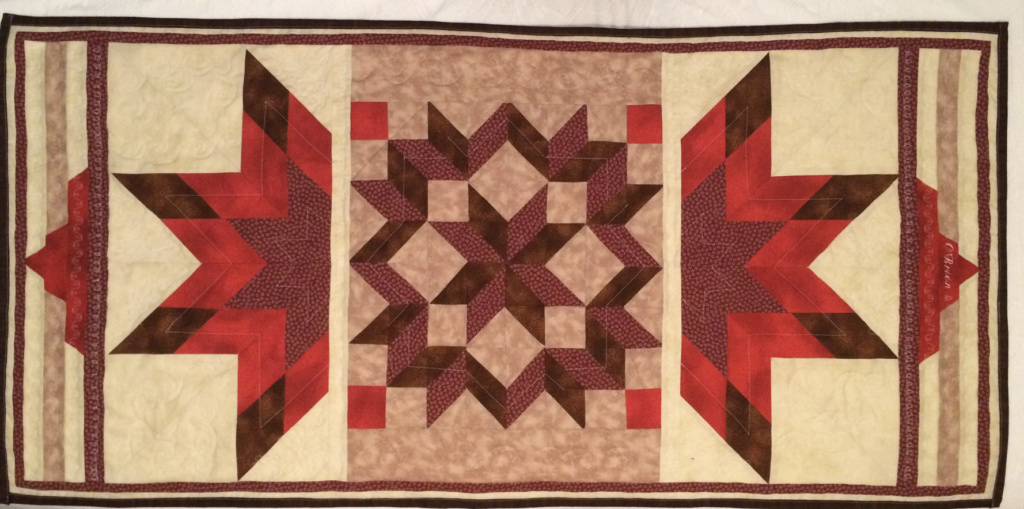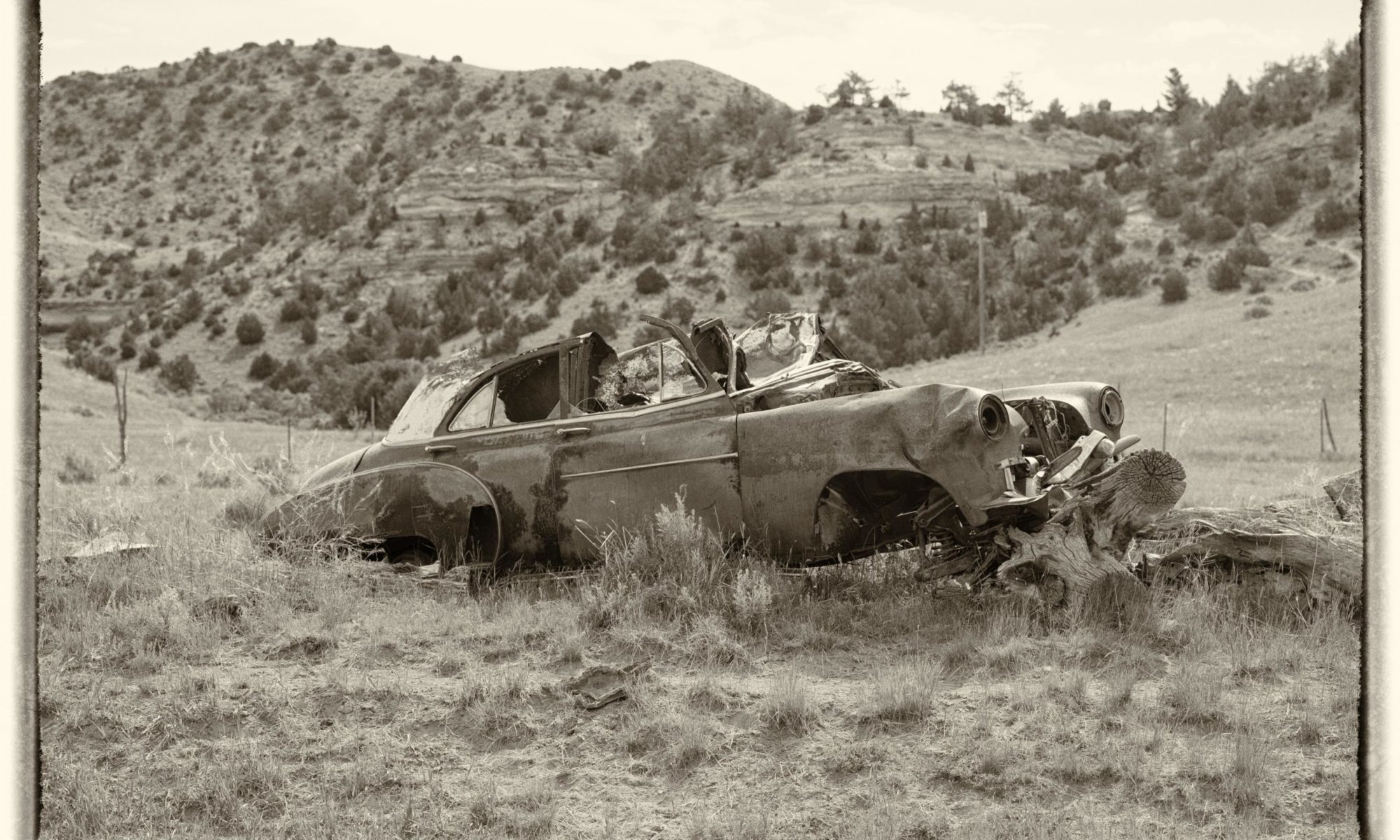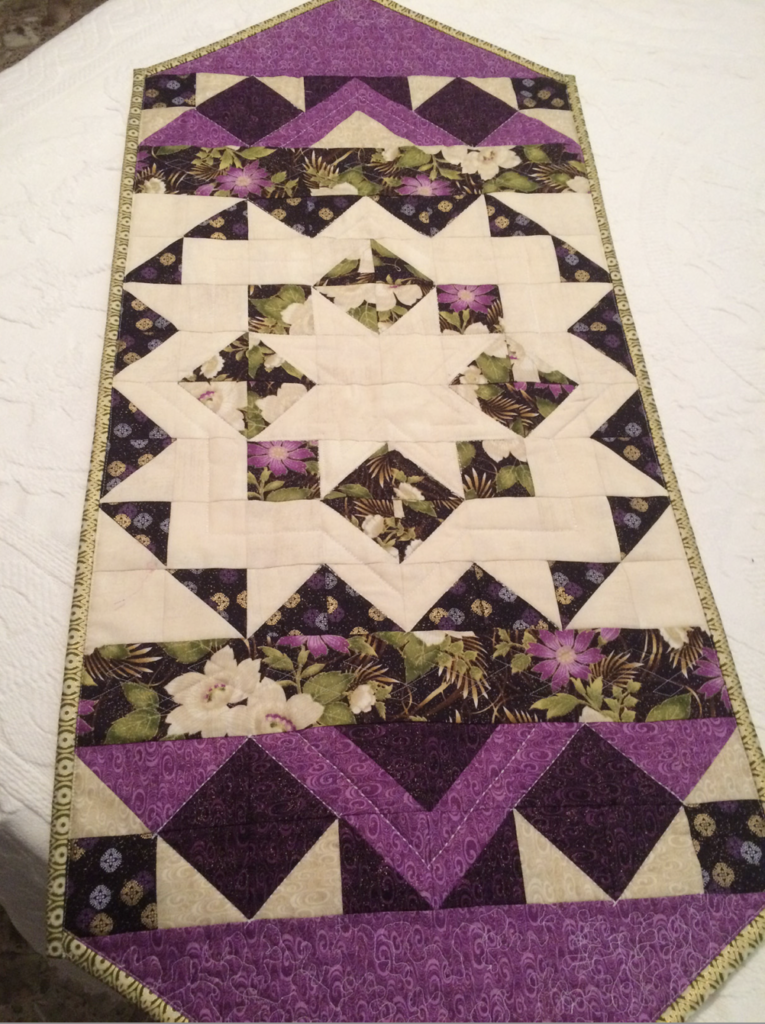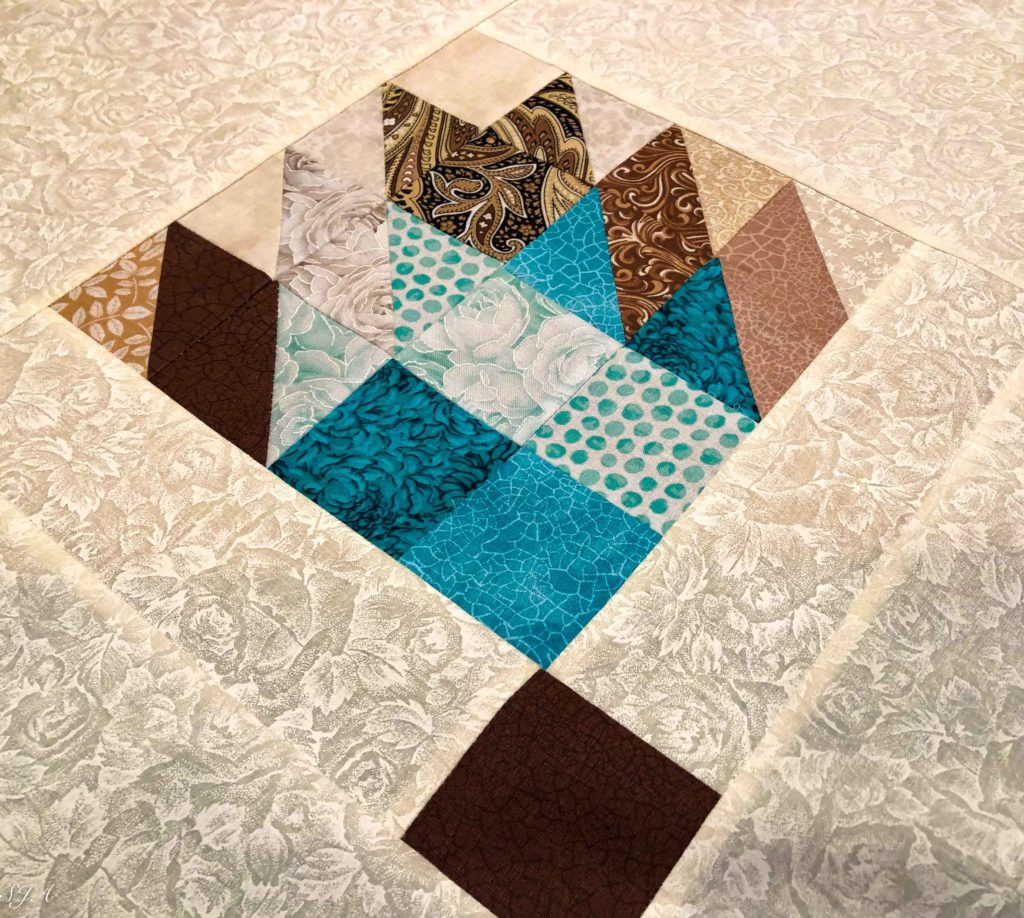A faint sound interrupted the silence as branches snapped back in place as if they had been pulled like a rubber band and released. Quick footsteps ran along the trail that wound through the woods. As they neared the edge of the trees, the sound stopped suddenly, and everything was still and quiet.
In the black of night, the figure of a man in shabby clothes and worn-out shoes cautiously emerged from the trees and bushes. If he read the signs right, it was safe. Looking around, he was on the run again in case unwanted eyes had followed his movements. He made his way to a safehouse where he was given a change of clothes before continuing his journey north. With his slave garments cast aside, he was given further instructions.
The way to freedom was a long, dangerous, and arduous road. The majority of those seeking freedom were uneducated and illiterate. They communicated by word of mouth and signs.
An Underground Railroad Quilt Code was put in place as a sign to guide fugitives to freedom. Various blocks were used, each sending a secret message. There might be a quilt draped over a porch railing, a portion of one hanging like a flag, or even a quilt block design drawn in the dirt. A block painted on a wagon might indicate there was a secret compartment for them to hide and be transported to another location.
Each diagram had a different code to indicate if it was safe to travel, when to pack, and where to go. Some blocks served as a compass, indicating the direction they needed to go. Some quilt patterns told slaves to continue north into Canada. Others let them know where the safehouses were.
A Wagon Wheel quilt pattern signaled slaves to pack provisions for their journey. They had very few belongings and gathered only the things necessary for survival.
The Carpenter’s Wheel design indicated it was time to go. To the slaves, the master carpenter was Christ. Slaves sang songs while working in the fields not only to worship, but also to send messages. “Swing Low, Sweet Chariot”, referred to the wagon wheel, which indicated it was time to travel. Another song used to give them the signal to go was “Steal Away.” The Carpenters Wheel pattern as well as songs they sang encouraged the slaves to “run with faith” to the northwest. Slave owners thought they sang of going to heaven, but the soulful, sometimes sorrowful, rhythmic Negro Spirituals urged their people to go northwest. The road to freedom usually took them through Cleveland, Ohio, which was the main crossroad.
The Bear’s Paw pattern let the slaves know to follow paths of the bears or other animals. The travelers followed the trails that led through the mountains. They were not straight, but crooked paths, that led to water and safety. As most escapes took place in the time of the spring rains, it was easier to follow a bear’s paw trail as prints were left in the soft damp soil.
Along the various routes, Athens, Ohio, was a pivotal stop on the Underground Railroad. Several homes in the area were used to hide slaves making their way north to freedom. According to family history, Thomas Brewer and his wife, my 3rd great grandparents, took part in this Underground Railroad movement. He was an advocate for the enslaved and offered aid on the slaves’ road to freedom.
Here is a link to quilt block patterns, and their meanings, that served as a map to guide slaves to and through the Underground Railroad:
https://page.reallygoodstuff.com/pdfs/154227.pdf
I made this quilted table runner as a gift for friends who extended the hand of hospitality and provided us a place to stay for the night. The center block is the Carpenter’s Wheel. The star that is split on either side is what I call the Native Star, inspired by the Lakota Indian Quilt Exhibit I visited several years ago. Both of these designs represent the oppressed who sought freedom.

Carpenter’s Wheel bordered on each side by a split Native Star


